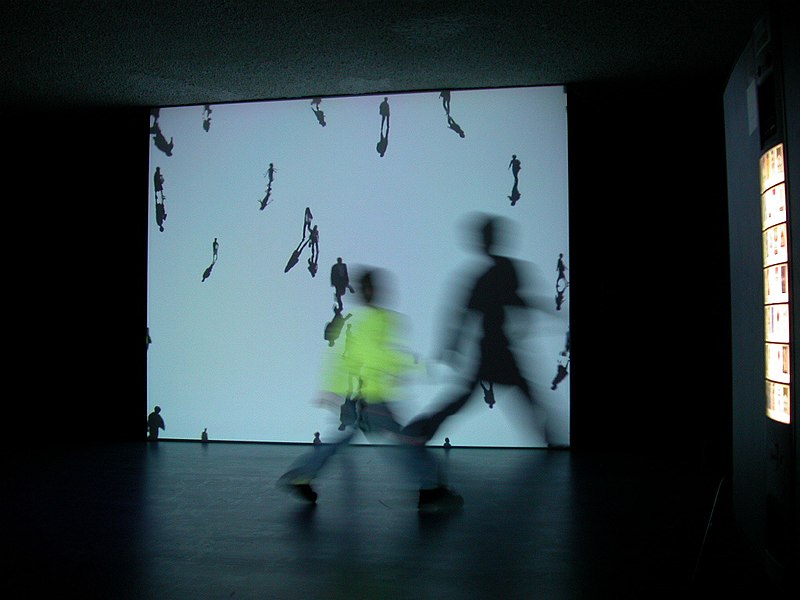Navigating Digital Transformation: Essential Strategies for Art Organizations
In an era where digital innovation is reshaping every area of our lives, art organizations stand at a pivotal crossroads. The integration of digital tools and strategies is not just an option but a necessity to thrive and remain relevant in an increasingly connected world.
This article is crafted for curators, and innovators within the art sector, offering a curated selection of resources to navigate the digital landscape effectively. From establishing robust digital infrastructures to creating immersive and engaging experiences for audiences, the resources compiled here are designed to inspire and guide art institutions through their digital transformation journey, ensuring they leverage technology to enhance accessibility, engagement, and sustainability.
Embracing Digital Infrastructure and Strategy
The backbone of any successful digital transformation lies in a robust digital infrastructure and a well-thought-out strategy. For art organizations, this means not only understanding current digital tools but also foreseeing future technological trends. It’s about crafting a strategic approach that aligns with the organization’s mission, enhancing accessibility, and enriching the cultural landscape for diverse audiences.
Beyond merely enhancing operations through digital tools, art organizations must view the digital realm as a central operational facet. This encompasses the utilization and analysis of data within the organizations, which can inform not only day-to-day operations but also broader programming decisions and curatorial approaches. Embracing digital technology in this comprehensive manner allows art organizations to navigate the complexities of the modern cultural sector, ensuring they remain relevant and responsive to an ever-evolving audience.
- Future Art Ecosystems: Delves into the critical role of digital infrastructure in transforming the art ecosystem, highlighting the necessity of digital fluency.
- The Digital Road Ahead: Offers strategic insights for navigating the evolving digital landscape, emphasizing the importance of data-driven engagement and innovation.
- Digital Stewardship in Contemporary Art Museums: Discusses the emerging role of digital stewardship in preserving and enhancing the digital assets of art museums, ensuring their longevity and accessibility.
Digital Impact on Visitor Experiences and Engagement
In the digital age, visitor engagement extends beyond the physical boundaries of art institutions. Digital tools offer new ways to interact with audiences, providing immersive and interactive experiences that can transform passive observation into active participation. This shift not only democratizes access to art but also opens up new avenues for creative expression and educational opportunities.
- Digital Impact in Museums and Galleries: Investigates how digital initiatives are enhancing visitor experiences, offering insights into the intersection of technology and art engagement.
- Art Museums and Digital Cultures: Explores the dynamic relationship between art museums and digital cultures, shedding light on the ways digital integration is enriching the museum experience.
- Digital Innovation and Engagement Fund: Showcases successful initiatives funded to bolster visitor engagement through innovative digital technology, illustrating the potential for transformative experiences.
Digital Innovation and Future Trends
The landscape of digital innovation is ever-evolving, with new technologies continuously reshaping the possibilities within the art world. Understanding and anticipating these trends is crucial for art organizations to remain relevant and forward-thinking. This category explores the cutting-edge of digital innovation, offering a glimpse into the future of art and technology integration.
- Shaping the Future of UK Museums: Provides insights into how digital innovation is poised to shape the future landscape of UK museums, highlighting strategic investment in technology.
- Leveraging Big Data: Discusses the significant potential of big data in transforming museum operations and enhancing visitor experiences through personalized engagement.
- Museums and Data: A Powerful Combination: Explores the impactful use of data analytics in museum management and visitor engagement, emphasizing the power of data in decision-making processes.
Operational Transformation through Digital Adoption
The integration of digital tools in day-to-day operations can revolutionize how art organizations function. From digital archiving and collection management to online exhibitions and interactive guides, digital adoption streamlines processes, broadens access and opens new channels for education and engagement. This operational transformation is fundamental for sustainability and growth in the digital era.
- Digital Transformation in Art Museums: Covers various aspects of digital transformation in art museums, demonstrating the broad impact of digital adoption on operational efficiency and accessibility.
- Digital Futures at The Met: Offers a look into The Met’s strategic approach to digital transformation, showcasing initiatives that leverage technology to enhance visitor experiences and operational capabilities.
Generating Revenue through Digital Content and Virtual Experiences
As the digital landscape expands, so do art organizations’ opportunities to generate revenue through digital content and virtual experiences. This innovative approach not only provides financial sustainability but also extends the reach of art institutions
- How Museums Can Generate Revenue Through Digital Content: Offers practical strategies for museums looking to generate revenue through digital content and virtual experiences.
- Arts Organizations and Digital Technologies: Pew Research Center’s report on how arts organizations use digital technologies, including revenue generation.
In this article, we explored practical advice for art organizations looking to embrace digital technology. We covered everything from the basics of digital strategy to fresh ways to engage with audiences. By adopting these digital tools and ideas, art institutions can improve their operations, stay relevant in the digital era and connect with more people in impactful ways.
Image: Transmediale, CC BY-SA 4.0 <https://creativecommons.org/licenses/by-sa/4.0>, via Wikimedia Commons


